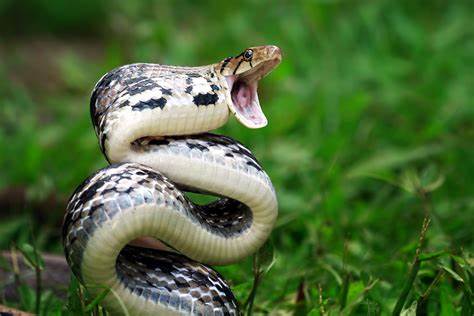In the complex world of reptile behavior, few stories capture the imagination quite like that of a venomous snake biting its handler and then seemingly attempting to assist afterward. This remarkable incident challenges our understanding of reptilian cognition and the relationship between humans and these often misunderstood creatures. The event, which occurred in a controlled environment with an experienced handler, has sparked debate among herpetologists and animal behaviorists about the cognitive capabilities of snakes and whether they can recognize the consequences of their actions. What follows is an exploration of this fascinating case, the science behind snake behavior, and what we might learn from this unusual interaction.
The Unexpected Incident: What Actually Happened
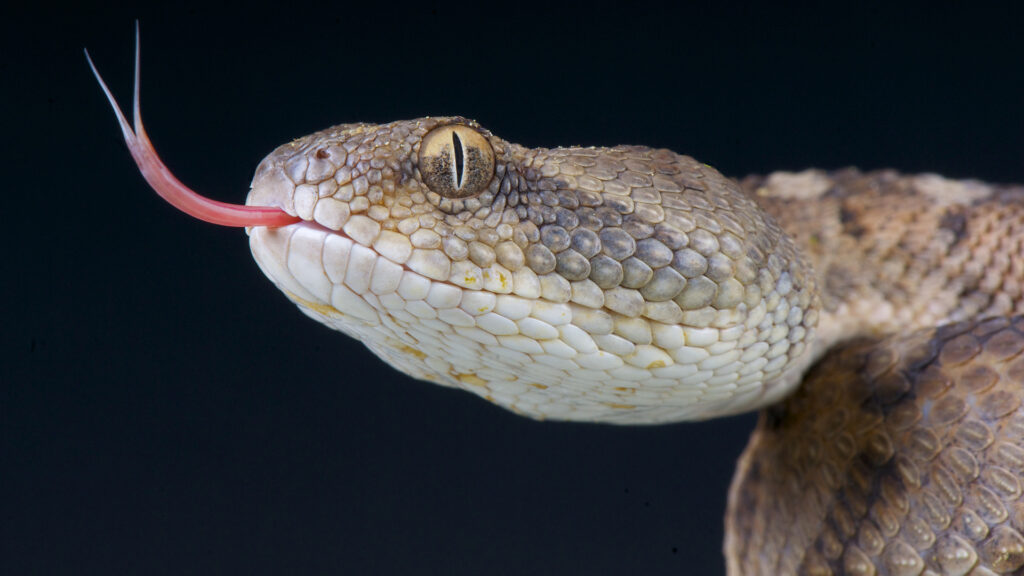
The incident occurred at a specialized reptile facility where an experienced handler was working with a venomous snake during a routine maintenance procedure. While being handled, the snake—a mature specimen well-accustomed to human interaction—suddenly struck, embedding its fangs into the handler’s forearm. What happened next defied the conventional understanding of snake behavior. Instead of retreating or maintaining an aggressive posture, witnesses reported that the snake’s demeanor changed dramatically. It appeared to become docile and remained close to the handler, following movements in what some interpreted as an attempt to “help” or at least respond to the handler’s distress. This behavior continued until medical personnel arrived to treat the bite, creating a bewildering scene that challenged typical expectations of predator-prey dynamics.
Understanding Snake Cognition: More Complex Than We Thought
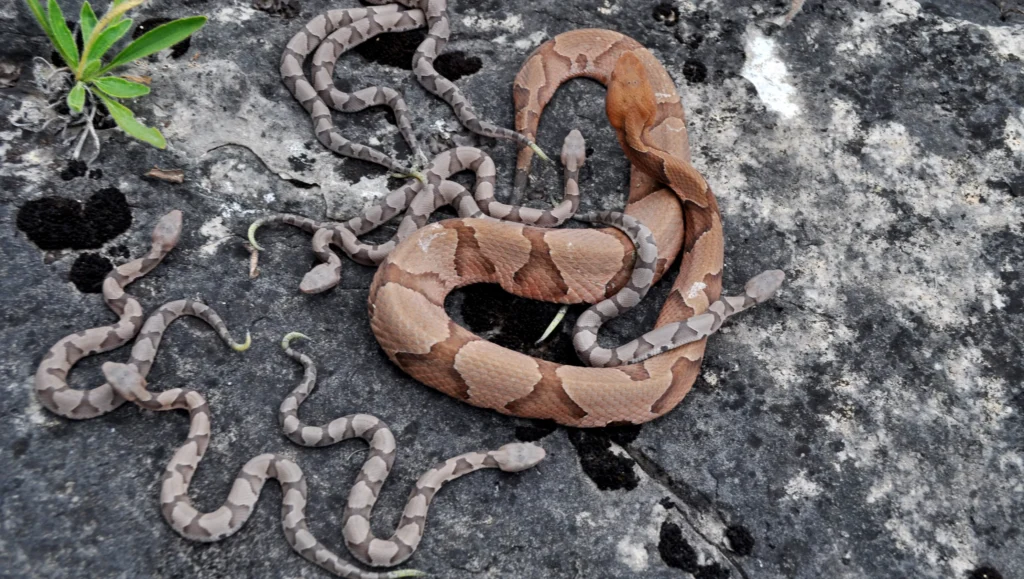
Snakes have traditionally been viewed as operating primarily on instinct rather than complex cognition. Their brain structure lacks a neocortex—the area associated with higher thinking in mammals—leading many scientists to assume limited cognitive abilities. However, recent research has begun to reveal surprising complexity in reptilian brains. Studies have shown that snakes can recognize their handlers, distinguish between familiar and unfamiliar humans, and even demonstrate rudimentary problem-solving abilities. The limbic system in reptiles, while different from mammals, still processes emotions and may be capable of more sophisticated responses than previously believed. This incident has prompted researchers to reconsider whether snakes might possess more advanced social recognition and response mechanisms than science has traditionally credited them with.
The Science of Snake Bites: Why They Strike
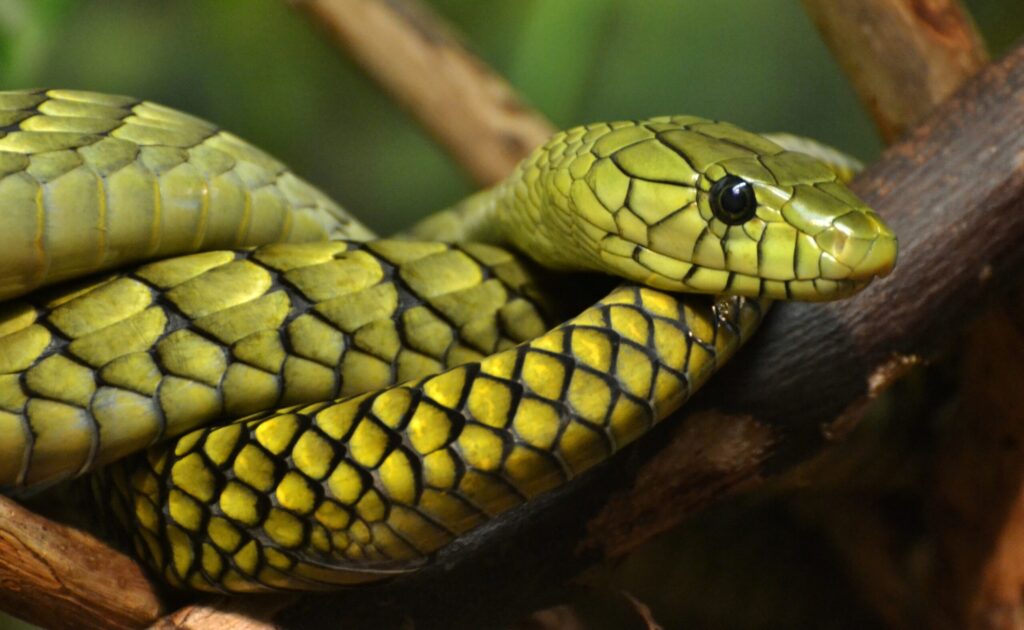
Snake bites typically occur for one of three reasons: defense, feeding, or mistaken identity. Defensive bites happen when a snake feels threatened and uses its venom as a protective measure—often these bites may deliver less venom than a predatory strike. Feeding bites occur when the snake identifies a potential prey item and employs its full venom-delivery system. Mistaken identity bites can happen when a snake misinterprets a human’s warm hand or movement as potential prey, particularly if the snake has recently been fed or is in hunting mode. In the case of this handler, experts believe the bite was defensive in nature, triggered by an unexpected movement or change in handling technique that the snake perceived as threatening. The immediate shift in behavior following the bite suggests the snake may have recognized that its defensive response was unwarranted.
Interpreting the “Helping” Behavior: Scientific Perspectives

Scientists remain divided on how to interpret the snake’s post-bite behavior that appeared helpful to observers. Some herpetologists suggest what witnesses perceived as “helping” was actually the snake’s attempt to maintain proximity to a familiar heat source or scent profile. Others propose the behavior might represent a form of conflicted response—where the initial defensive instinct gave way to recognition of the handler as a non-threat. A small but growing contingent of researchers suggests we may be witnessing a primitive form of behavioral adjustment, where the snake recognized its bite was inappropriate for the circumstance. Dr. Melissa Amaral, a leading reptile behaviorist, notes: “While we must be cautious about anthropomorphizing, this case presents intriguing evidence that snakes may have more sophisticated social recognition abilities than previously credited, particularly with humans they regularly interact with.”
The Handler’s Experience: A First-Person Account
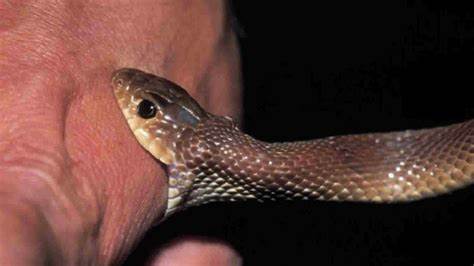
The handler, who has requested anonymity but has worked with reptiles for over fifteen years, described the experience as “surreal and completely unexpected.” According to their account, the snake had never shown aggression before the incident and had been handled regularly without issue. “The bite happened during a routine examination, but what followed was what truly shocked me,” they explained. “Instead of continuing to be defensive or trying to escape, the snake seemed to calm down immediately, almost as if recognizing me. It stayed close, following my movements even as I was being treated. In fifteen years of working with venomous snakes, I’ve never seen behavior like this.” The handler made a full recovery after receiving appropriate antivenin treatment but maintains that this experience has fundamentally changed their understanding of snake cognition.
The Relationship Between Handlers and Their Reptiles
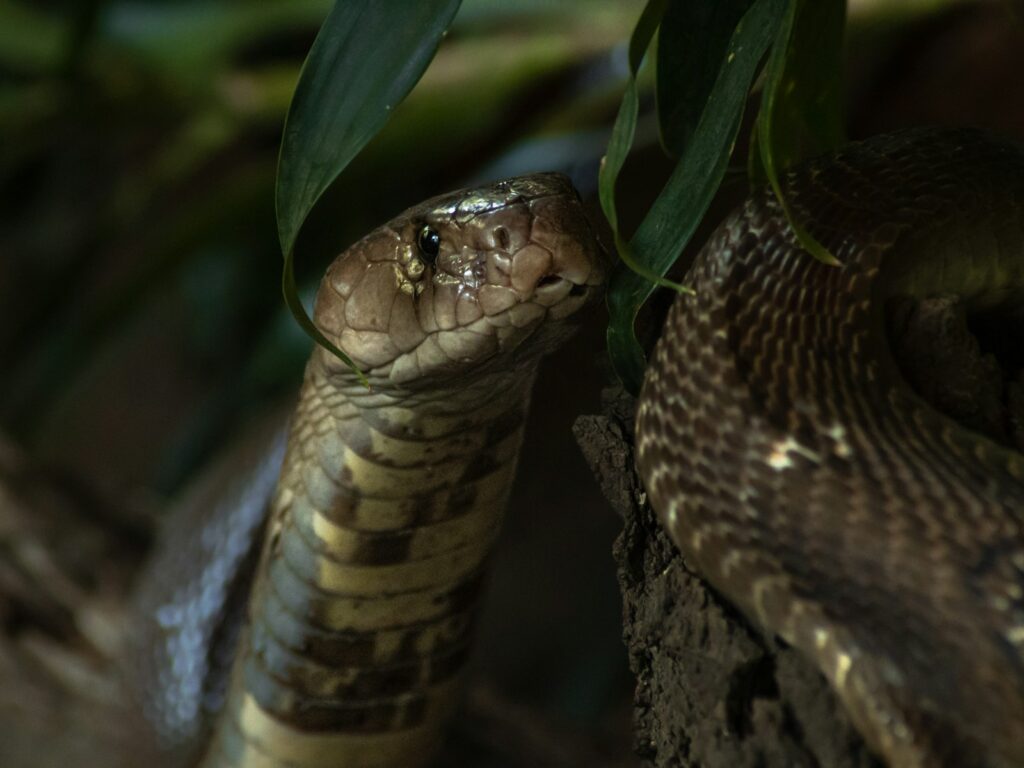
The relationship between professional handlers and captive reptiles is complex and often misunderstood by the general public. Unlike traditional pets that actively seek human attention and affection, reptiles typically develop what herpetologists call “tolerance relationships” with their handlers. These relationships are characterized by the reptile’s acceptance of human presence and handling without stress or defensive responses. Over time, captive snakes may come to associate their handlers with positive experiences such as feeding, comfortable handling, or environmental enrichment. This association can lead to recognition behaviors that might be misinterpreted as affection by observers. The incident highlights how these established patterns of interaction may create more complex recognition capabilities than science has previously acknowledged, potentially including the ability to distinguish between intentional and accidental threatening behaviors.
Similar Cases: Is This Unprecedented?
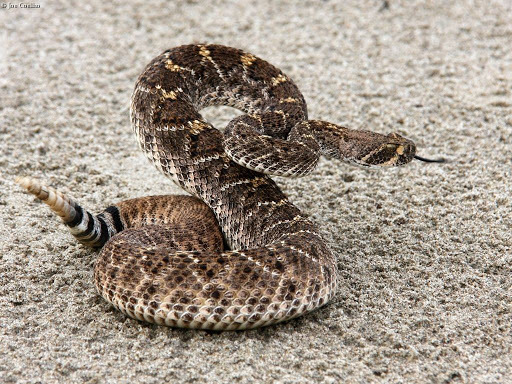
While this particular case has garnered significant attention, it’s not entirely without precedent in the herpetological community. Several documented cases exist of venomous snakes showing behavioral changes after biting familiar handlers. In a 2015 incident at a Florida reptile sanctuary, an eastern diamondback rattlesnake was observed becoming immediately docile after an accidental bite during feeding. A similar case was documented with a king cobra in Thailand that appeared to “check” on its handler after a defensive strike. These cases remain anecdotal rather than formally studied, but they form a pattern that suggests such behavior may be more common than previously thought. What makes the current case particularly notable is the extensive documentation and multiple witnesses who observed the snake’s behavior change, providing stronger evidence than typically available in such incidents.
The Role of Venom in Snake Behavior
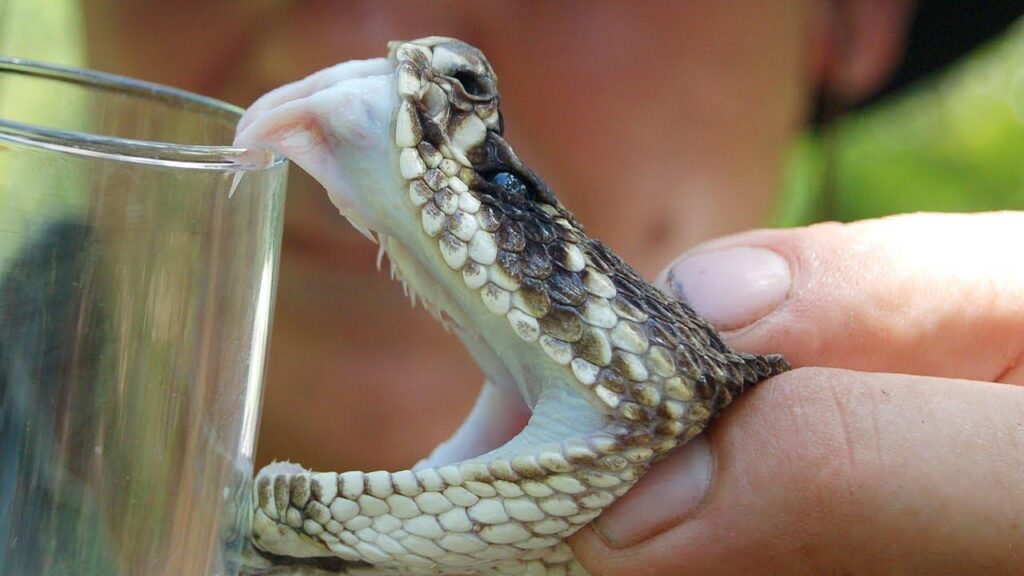
Venom production requires significant biological resources for snakes, making its use metabolically expensive. This biological cost has led to the evolution of complex venom-deployment strategies, where snakes often control the amount of venom injected based on the perceived threat or prey size. Many species can deliver “dry bites” with minimal or no venom when they perceive a threat as non-edible or when they’re trying to conserve resources. In captivity, this venom control becomes even more refined as snakes learn to distinguish between feeding scenarios and handling routines. The snake in this incident may have realized immediately after biting that it had deployed venom unnecessarily against a familiar handler, potentially explaining the behavioral shift that followed. This venom conservation instinct might contribute to what appeared to be remorseful behavior.
Ethical Considerations in Handling Venomous Snakes
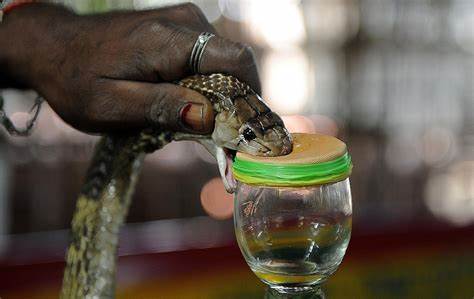
This incident raises important ethical questions about the practice of handling venomous snakes, even in professional contexts. While educational demonstrations and conservation work often necessitate direct handling, each interaction carries inherent risks to both the handler and the animal. Professional handlers follow strict protocols designed to minimize stress to the animals and reduce bite risks, including the use of specialized hooks and tubes rather than bare-handed manipulation whenever possible. Many facilities are now implementing additional safety measures such as handling venomous species only when multiple staff members are present and ensuring immediate access to appropriate antivenin. The incident has prompted several reptile organizations to review their handling guidelines, with some advocating for more limited direct contact even among experienced professionals.
The Impact on Public Perception of Snakes
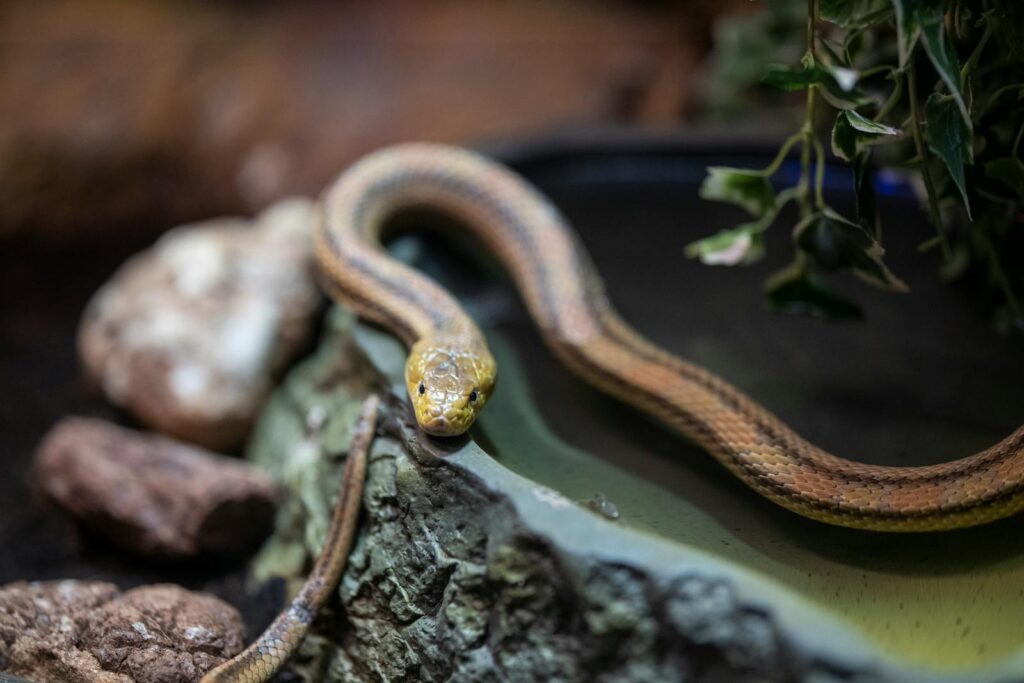
Stories like this one have the potential to significantly shift public perception of snakes, which have historically been vilified in many cultures. The notion that a venomous snake might recognize its mistake and attempt to modify its behavior challenges the common portrayal of snakes as mindless, aggressive creatures. Educational outreach specialists have begun incorporating this case into their presentations to illustrate the complexity of reptilian behavior. “This story helps people see snakes as animals with genuine behavioral complexity rather than as simple threat machines,” explains wildlife educator Samantha Wilkins. “When people understand that even venomous snakes have sophisticated behavioral responses, they’re more likely to support conservation efforts rather than reacting with fear and hostility when encountering snakes in the wild.”
What This Means for Reptile Intelligence Research
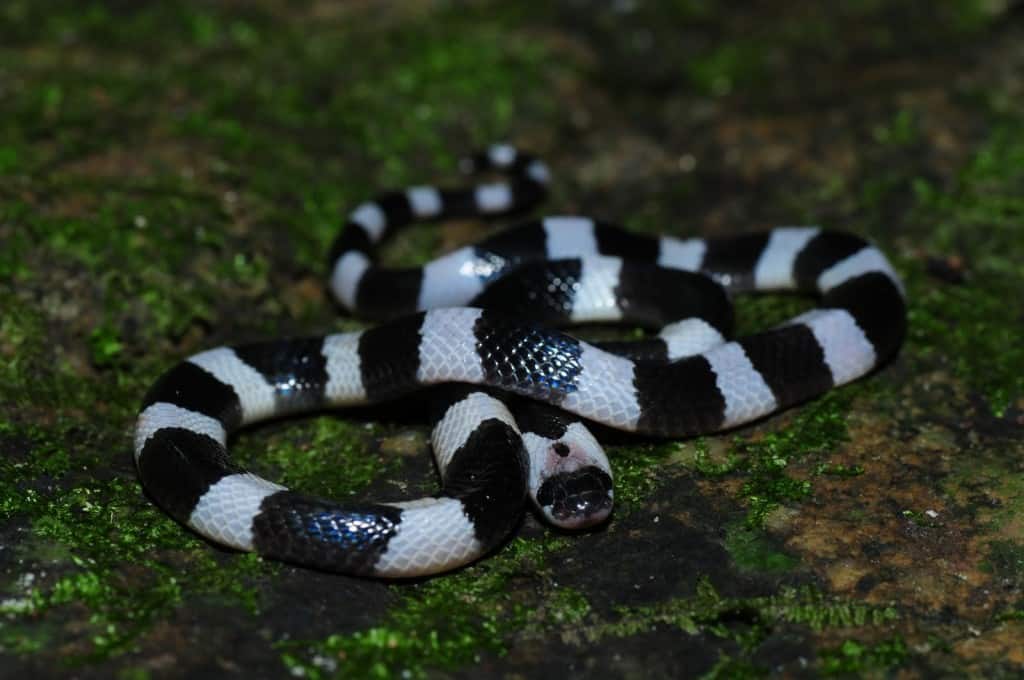
This case has catalyzed new research initiatives focused specifically on reptilian recognition abilities and social cognition. Several universities have launched studies examining whether snakes can distinguish between accidental and intentional threatening behaviors from humans. Others are investigating if reptiles have the capacity for behavioral adjustment following mistaken aggression. These studies employ sophisticated methodologies including thermal imaging to track snake responses to different human interactions and hormone analysis to measure stress responses during various handling scenarios. While still in the early stages, this research represents a significant shift in how science approaches reptile cognition. Dr. Jonathan Reeves of the Comparative Cognition Laboratory notes, “We’re moving beyond the simplistic view of reptiles as operating purely on instinct and beginning to explore a much richer understanding of their cognitive capabilities.”
Lessons for Snake Handlers: Practical Applications
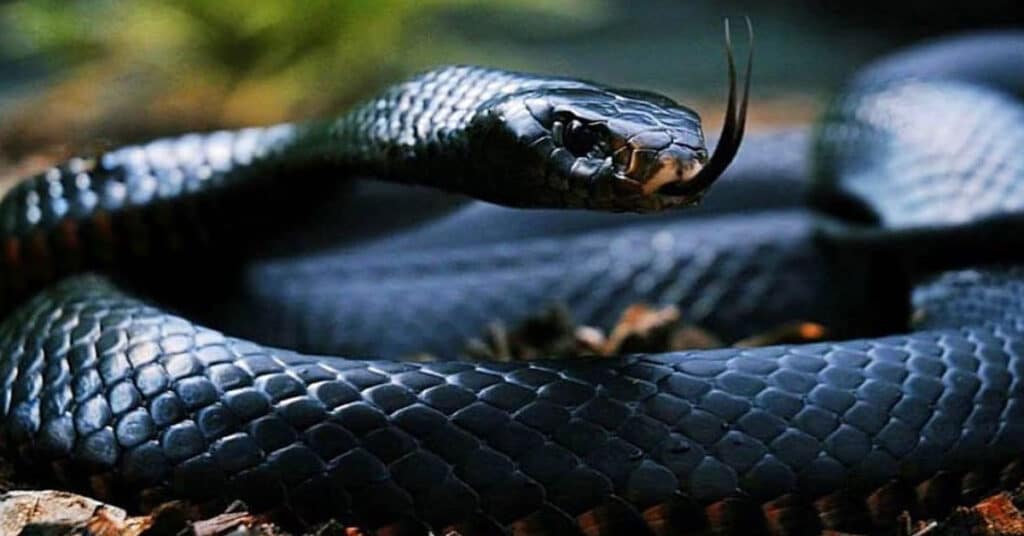
For professional snake handlers, this incident offers several practical lessons that may improve safety protocols. First, it emphasizes the importance of consistent handling techniques that don’t confuse or startle the animal. Even experienced snakes may react defensively if their expectations about an interaction are suddenly violated. Second, it suggests that allowing a snake to become familiar with a handler’s scent and movement patterns over time may reduce bite incidents, as the snake learns to distinguish between threatening and non-threatening situations. Third, it highlights the value of paying close attention to subtle behavioral changes in captive reptiles, which might indicate stress or confusion before a defensive strike occurs. Finally, it reinforces the importance of having appropriate medical resources immediately available, as even the most docile and well-adjusted venomous snake retains the capability to deliver a potentially life-threatening bite.
The case of the snake that bit its handler and then appeared to help represents a fascinating junction between established scientific understanding and emerging perspectives on reptilian cognition. While we must avoid excessively anthropomorphizing animal behavior, this incident provides compelling reasons to expand our concept of what snakes are capable of in terms of recognition, behavioral adjustment, and possibly even rudimentary forms of social response. As research continues, we may discover that the rigid boundaries we’ve drawn between “higher” and “lower” animals require significant revision. What remains clear is that the relationship between humans and these ancient predators continues to evolve, challenging our preconceptions and opening new avenues for understanding the complex inner lives of creatures we’ve too often simplified. Perhaps in the silent, scaled world of serpents, there exists a richer tapestry of cognition than we’ve been willing to recognize—one that occasionally reveals itself in moments as extraordinary as this.

